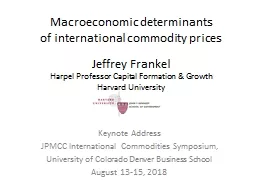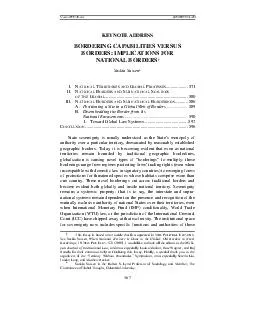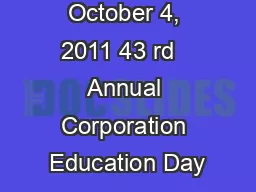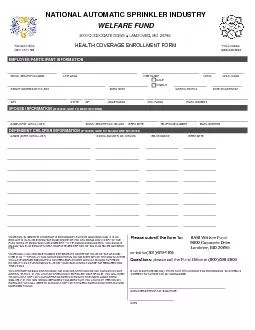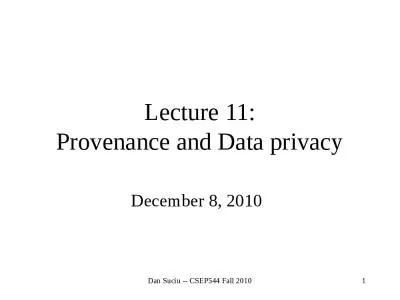PPT-Keynote Address JPMCC International
Author : mitsue-stanley | Published Date : 2018-10-29
Commodities Symposium University of Colorado Denver Business School August 1315 2018 Macroeconomic determinants of international commodity prices Jeffrey
Presentation Embed Code
Download Presentation
Download Presentation The PPT/PDF document "Keynote Address JPMCC International" is the property of its rightful owner. Permission is granted to download and print the materials on this website for personal, non-commercial use only, and to display it on your personal computer provided you do not modify the materials and that you retain all copyright notices contained in the materials. By downloading content from our website, you accept the terms of this agreement.
Keynote Address JPMCC International: Transcript
Download Rules Of Document
"Keynote Address JPMCC International"The content belongs to its owner. You may download and print it for personal use, without modification, and keep all copyright notices. By downloading, you agree to these terms.
Related Documents

